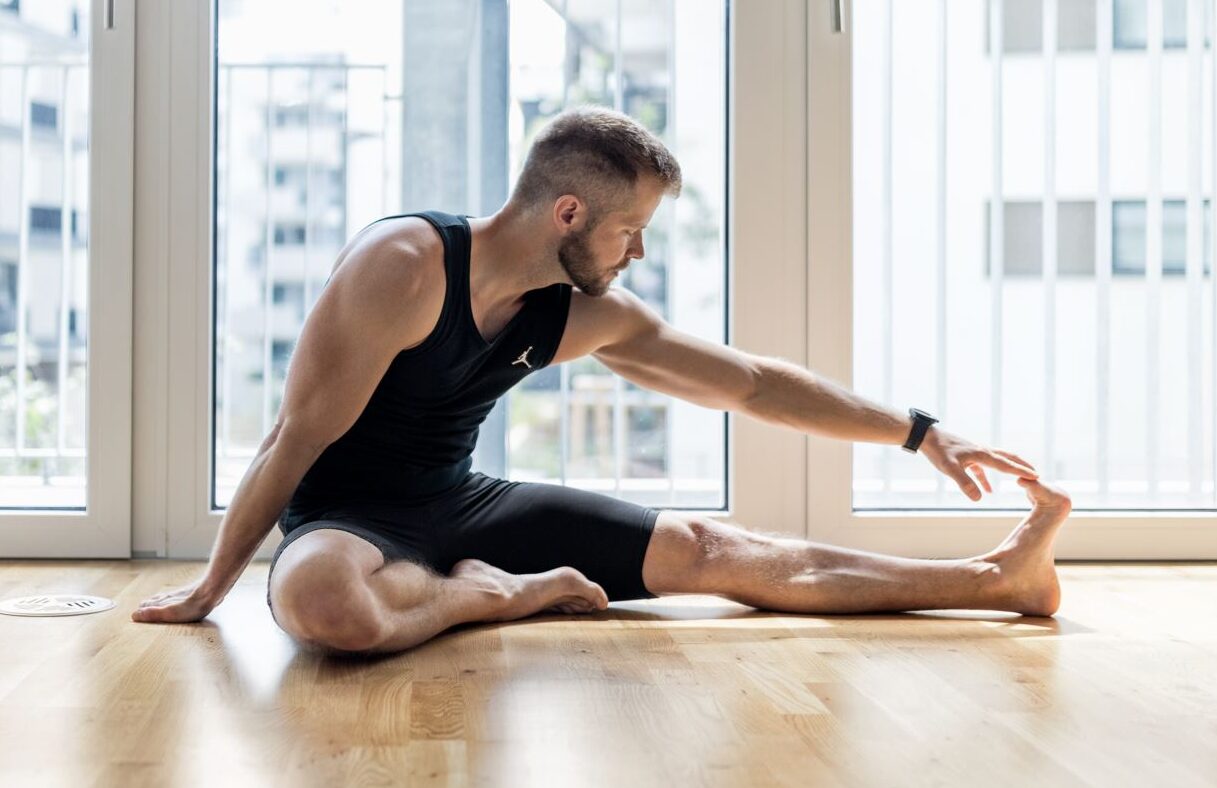Regular stretching offers numerous benefits, including improved flexibility and range of motion. Stretching helps to keep the muscles flexible, strong, and healthy, which is crucial for maintaining a range of motion in the joints. By incorporating stretching into your exercise routine, you can enhance your performance by improving your range of motion. Additionally, increasing flexibility through stretching can help prevent injuries and reduce inflammation. Stretching before exercise is believed to reduce passive stiffness and increase the range of movement during physical activity. Therefore, incorporating regular stretching into your fitness regimen can lead to improved flexibility and overall physical performance.
Another significant benefit of regular stretching is injury prevention and rehabilitation. Stretching helps to improve strength and increase the freedom of movement, which can reduce the risk of injuries, particularly at the knee and ankle. According to a study by Witvrouw et al. increasing the flexibility of a muscle-tendon unit can lead to better performance and a decrease in the number of injuries. Additionally, stretching can aid in the rehabilitation process by promoting muscle recovery and reducing muscle soreness. Therefore, incorporating stretching exercises into your routine can help prevent injuries and support the rehabilitation of existing injuries.

Regular stretching also promotes increased blood flow and circulation throughout the body
Regular stretching also promotes increased blood flow and circulation throughout the body. Stretching exercises have been shown to enhance blood flow, improve endothelial function, and increase vascular volume and connectivity in skeletal muscles. A study published in The Journal of Physiology found that performing simple leg stretches can help improve blood flow. Furthermore, a 12-week stretching regimen has been shown to lower blood pressure and improve blood flow. Stretching causes short-term improvements in circulation by relaxing blood vessels and increasing the amount of blood pumped by the heart. By incorporating stretching into your daily routine, you can experience increased blood flow and improved overall cardiovascular health.
Different types of stretching exercises
One type of stretching exercise is static stretching, which involves holding a specific position to stretch a muscle or group of muscles. Static stretching is commonly used to improve flexibility and range of motion. It can also help reduce pain and stiffness in the muscles. Research has shown that static stretching for less than 60 seconds is effective in increasing joint range of motion. This type of stretching is often performed after a workout or physical activity to help cool down the muscles and prevent injury. Static stretching is beneficial for individuals looking to improve their flexibility and overall muscle health.
Dynamic stretching is another type of stretching exercise that involves actively moving the muscles and joints through a full range of motion. Unlike static stretching, dynamic stretching is not held for a specific length of time. Dynamic stretching is commonly used as part of a warm-up routine before physical activity or exercise. This type of stretching helps improve body awareness and prepares the muscles and joints for the movements that will be performed during the activity. Dynamic stretching can improve speed, agility, and acceleration. It is particularly beneficial for athletes and individuals engaging in sports or high-intensity activities.
Proprioceptive Neuromuscular Facilitation (PNF) stretching is a more advanced stretching technique that involves a combination of stretching and contracting the muscles being targeted. PNF stretching is often used to increase range of motion and flexibility. This technique works by increasing the length of the muscle and enhancing neuromuscular communication. PNF stretching is commonly used by therapists and athletes to improve muscle strength and performance. It can be beneficial for individuals looking to enhance their muscle strength and ability to move efficiently. Incorporating PNF stretching into a regular stretching routine can lead to improved flexibility and overall physical performance.
Incorporating stretching into a daily routine
Incorporating stretching into a daily routine is essential for maintaining overall physical health and preventing injuries. Pre- and post-workout stretching plays a crucial role in preparing the muscles for exercise and aiding in their recovery afterward. Stretching before a workout helps to warm up the muscles, increase blood flow, and improve range of motion. It also helps to reduce the risk of injury by loosening up the muscles and joints, making them more flexible and less prone to strain. On the other hand, post-workout stretching helps to cool down the muscles and prevent stiffness and soreness by promoting blood flow and removing metabolic waste products like lactic acid. Therefore, incorporating pre- and post-workout stretching into your exercise routine is vital for maintaining muscle health and preventing injuries.

Stretching is especially important for individuals with sedentary lifestyles, as prolonged sitting can lead to muscle imbalances and decreased flexibility. Stretching throughout the day can help counteract the negative effects of sitting by improving blood circulation, relieving muscle tension, and increasing range of motion. It can also help manage stress and promote relaxation by gradually slowing down the body and mind. By incorporating stretching breaks into your daily routine, you can improve your flexibility and range of motion, reduce muscle stiffness, and enhance overall well-being.
Additionally, stretching is crucial for individuals engaged in specific activities or sports. Sport-specific stretches can target the muscles used most in a particular sport or activity, helping to improve performance and prevent injuries. For athletes requiring flexibility for their sports, such as gymnastics or dance, static stretching has been found to be most beneficial. Dynamic stretching, on the other hand, is effective for improving circulation, muscle flexibility, and range of motion, making it beneficial for athletes in various sports. By incorporating sport-specific stretches into your training regimen, you can optimize your performance and reduce the risk of injuries associated with repetitive movements and muscle imbalances.
